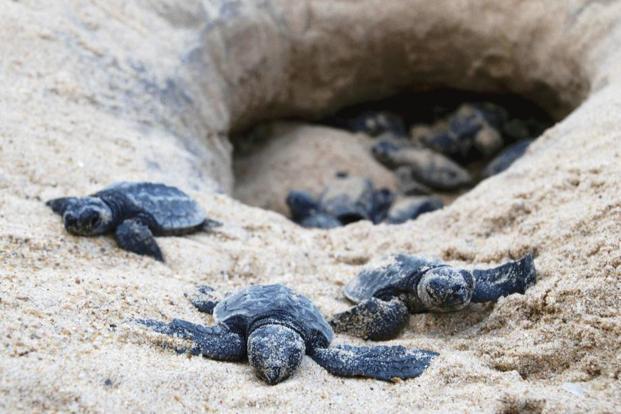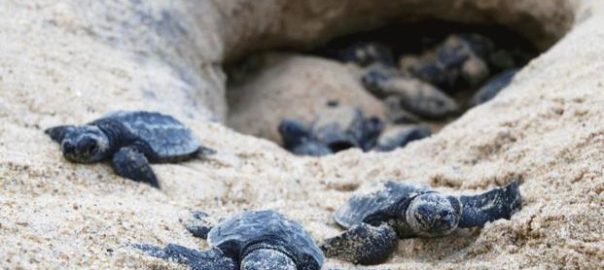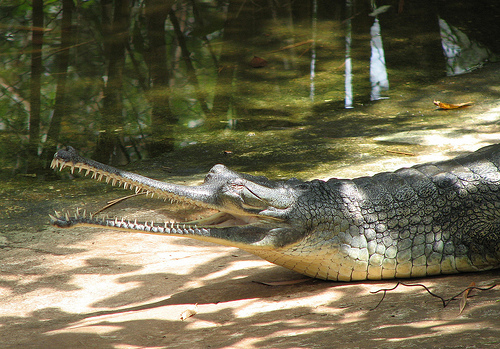Avanigadda Forest Reserve Authorities are doing a remarkable job in the conservation of Olive Ridley Turtles. Over 5,000 Olive Ridley Turtle hatchlings were released into the Bay of Bengal, along the coastline of the Krishna district of Andhra Pradesh by mid-March. In all, about 88,554 turtle eggs were conserved by in situ conservation method.

The Olive Ridley turtle has been classified as ‘vulnerable’ by the IUCN (International Union for Conservation of Nature). This success story has been made possible by taking conservatory measures right at the initial stages at the breeding ground of the turtle.
An active breeding ground of the turtles along the coastline between Koduru and Nagalayanka mandals, has been under the close vigil of forest authorities since the beginning of the breeding season to ensure a safe nesting season for these turtles.
What is in situ method?
In-situ method of conservation means protecting the natural habitat of the species and the species itself. The in situ method has been adopted in Andhra Pradesh for a safe nesting of turtles by taking care of the eggs and providing them a safe and suitable environment during the important stages of breeding, egg-laying and release of hatchlings on the sands of the Bay of Bengal prior to their journey to the sea.
Read More: Why Life Isn’t A Walk On The Beach For Oilive Ridley Turtles

The turtle eggs that were laid along the coast were carefully collected and placed in rookeries at Jinkapalem Lighthouse area and Sangameswaram in Krishna district.
The Avanigguda forest range officer, V.Bhavani reports that there have been a record number of 772 turtles and 88,554 eggs along the coastline, including the Krishna Wildlife Sanctuary area, documented till March 12th. These numbers are the highest since 2009.
Egg laying was recorded till the 12th of March in this area. 2468 hatchlings were released into the Bay of Bengal from the Sangameswaram rookery while 1474 and 1058 hatchlings were released from Lighthouse and Jinkapalem rookeries.The remaining hatchlings are all expected to be released into the sea by mid-April from all the rookeries.
The efforts taken by the forest authorities at Avanigadda will surely go a long way in the conservation of Olive Ridley Turtles.
Read More: Turtle Thought To Be Extinct In The Wild Discovered In Nagaland






One thought on “5000 Olive Ridley Turtles Released Along Andhra Pradesh Coasts”